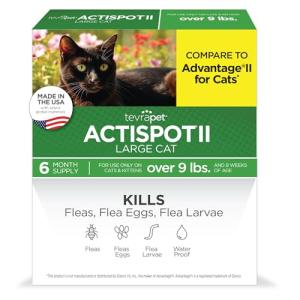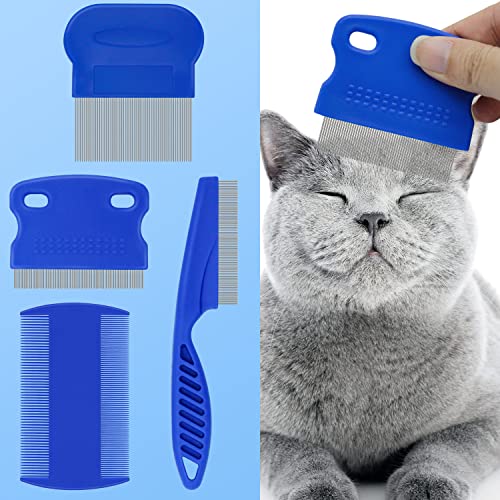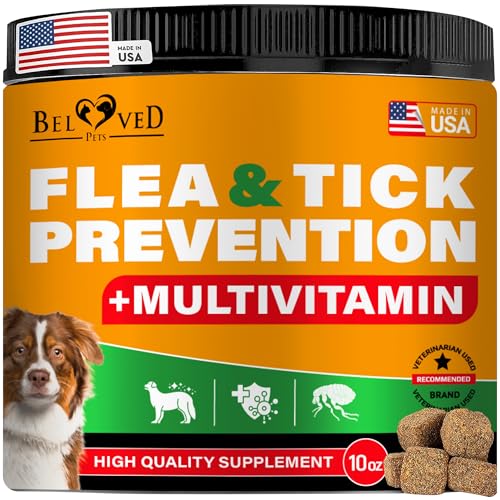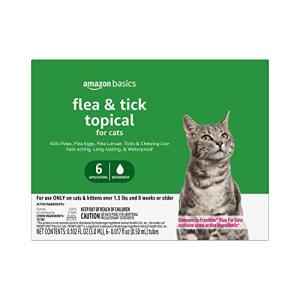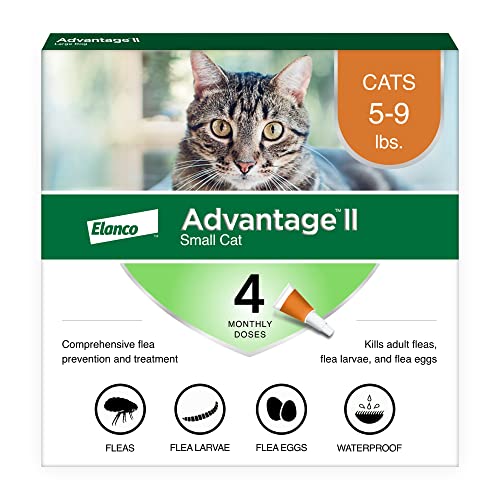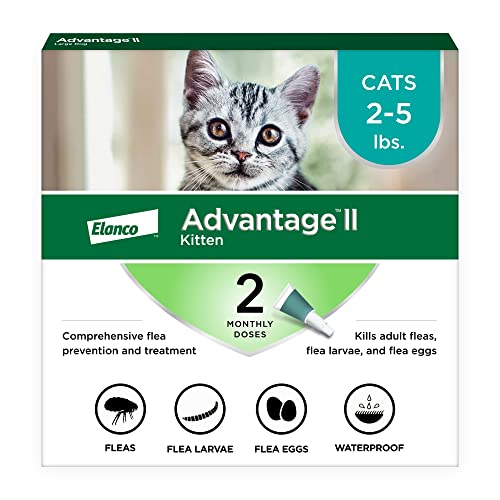Fleas are a common nuisance for both cats and their owners. These tiny, blood-sucking pests can cause itching, discomfort, and even transmit diseases to your beloved feline companion. Fortunately, there are various cat flea treatments available to keep your pet and your home flea-free. In this article, we'll explore some effective options to help you protect your cat from these troublesome parasites.
Topical Flea Treatments:
One of the most popular and effective ways to combat fleas is through topical flea treatments. These are applied directly to your cat's skin, typically between the shoulder blades. Topical treatments like Advantage, Frontline, and Revolution work by killing fleas on contact and preventing further infestations for a month or more. They are easy to apply and provide long-lasting protection.
Oral Flea Medications:
Oral flea medications have gained popularity in recent years. These prescription or over-the-counter tablets are usually flavored to make them more appealing to your cat. Once ingested, they work from the inside to kill fleas when they bite your pet. Some well-known options include Comfortis and Capstar. Consult your veterinarian before starting any oral flea treatment to ensure it's safe and suitable for your cat.
Flea Collars:
Flea collars are another option for flea prevention. These collars contain chemicals that repel fleas or release medication to kill them on contact. Some of the newer collar brands, such as Seresto, provide extended protection, often up to 8 months. Be sure to choose a collar that's safe and appropriate for your cat's age and size, and follow the manufacturer's instructions for proper use.
Flea Shampoos and Dips:
Flea shampoos and dips can provide immediate relief for a cat suffering from a heavy infestation. These products are designed to kill fleas on contact during a bath. While they can be effective for temporary relief, they may not provide long-term protection. Regular use may be necessary if your cat is exposed to fleas frequently.
Environmental Control:
In addition to treating your cat, it's essential to address the environment. Fleas can live in your home, especially in carpets, bedding, and upholstery. Regularly vacuuming and washing your cat's bedding can help reduce the flea population. You can also use flea sprays or foggers to treat your home and yard, but be cautious when using such products around pets.
Fleas are a persistent problem for cats, but with the right flea treatment, you can protect your feline friend from the discomfort and health risks associated with these parasites. Consult with your veterinarian to determine the most suitable flea control option for your cat's specific needs. Remember that prevention is key, and maintaining a flea-free environment is just as important as treating your cat directly. A happy, healthy, and itch-free cat is a joy to have in your home.
